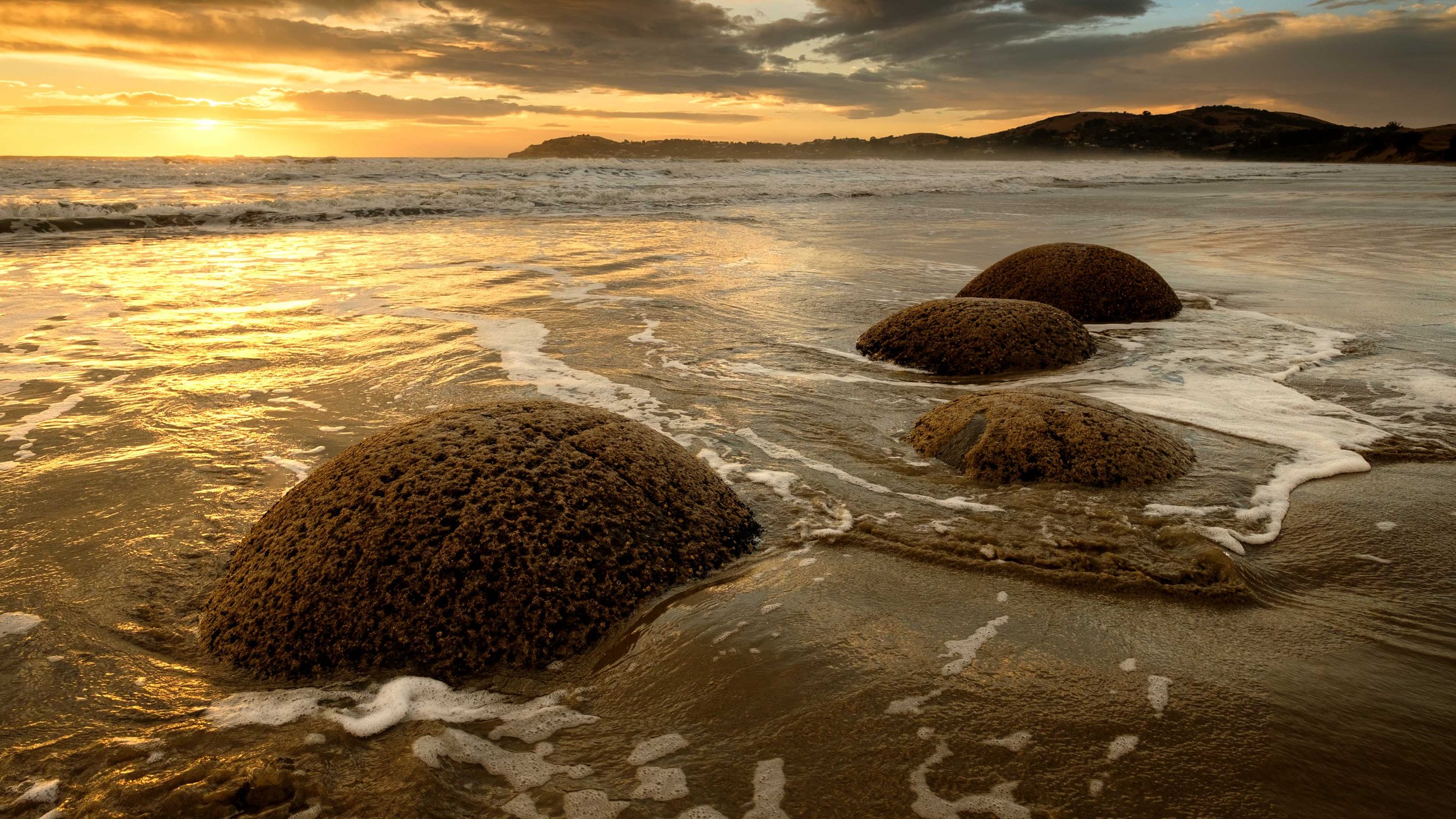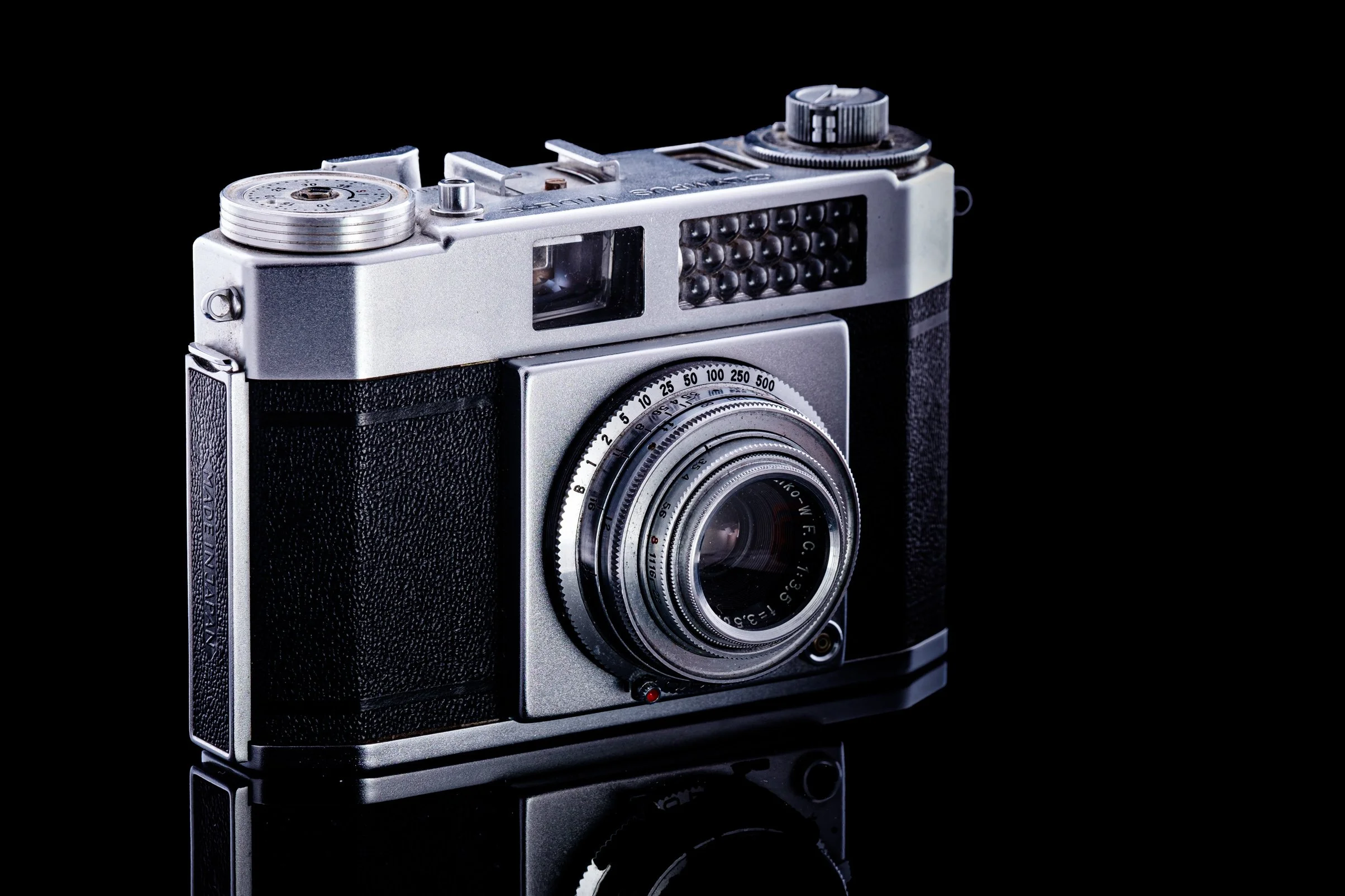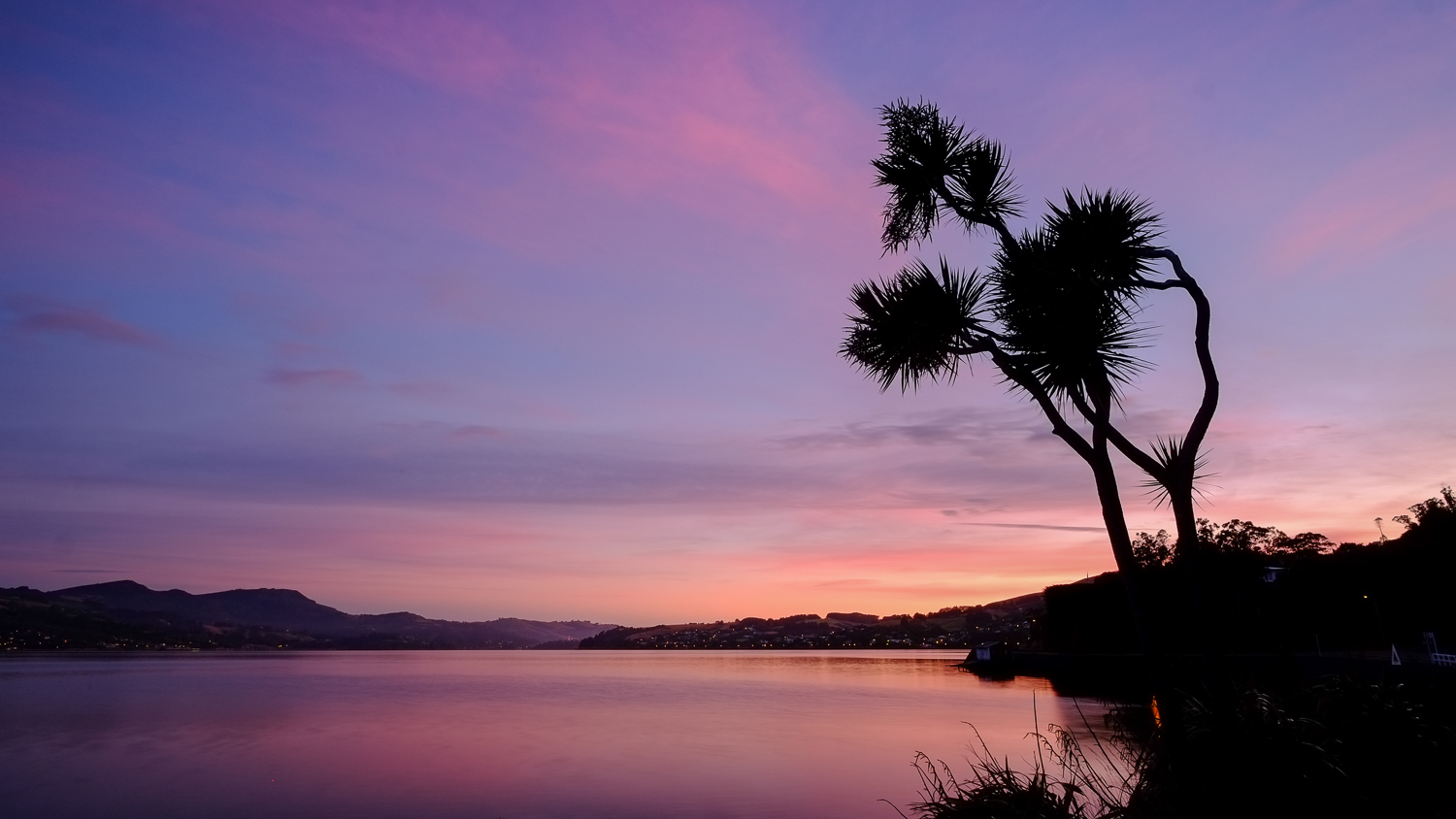Getting There
Access to Tunnel beach is located at the end of Tunnel beach road about 10 minutes drive from the city centre. The track to the beach is well constructed but it drops down onto the beach at a steep gradient. I have seen people go down easy enough but some do struggle to ascend again. There is a park bench or 2 to rest on if required. The walk down to the beach is no more than 10 minutes, however photographers might want to stop and take an image on the way down.
Elevated view of Tunnel beach in spring with gorse flowering
Plenty of Compositions
Tunnel beach offers up various viewpoints to take interesting images.
The steep pathway down to the beach creates a nice leading line into the composition.
These small fences have only been erected in the past year or so to help stop tourists from falling over cliff edges. I have used the grass and the fence to create a leading line into the image.
Tunnel beach at sunrise. The foreground clump of land helps balance the image.
Sunrise on Tunnel beach.
Here I am photographing from the most dominant cliff edge to the coastline beyond.
Here I just focused on the grass and the flowers in the foreground letting the cliff fall out of focus.
The arch is a great subject to shoot, but be careful of rouge waves and the slippery rock.
Summary
These are just a few examples of possible compositions at Tunnel beach. I know there are plenty more images to be had from this great location. You will be pleased to know there is tunnel access down onto the beach.
If you are visiting Dunedin a trip to tunnel beach is a must, but I suggest either going early or late to avoid the tourists.
Trev Hill is a professional photographer based in Dunedin.











































